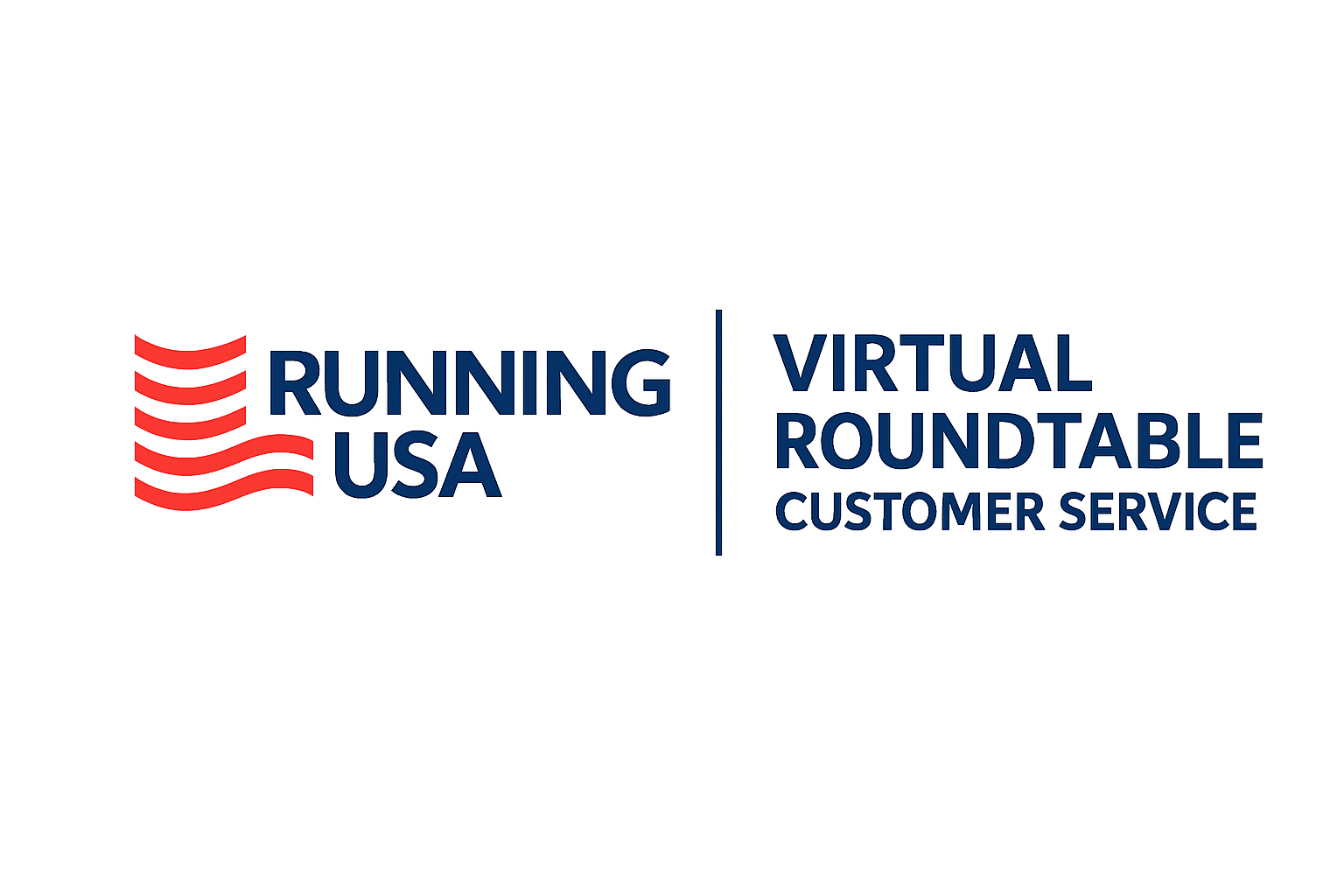Midsize Business

Small and Medium Events Operations Virtual Roundtable - May 2025
Running USA’s Virtual Roundtables resumed the important conversations sparked during the 2025 Industry Conference and will now continue on a quarterly basis. These sessions provide a valuable forum for professionals across the running industry to reconnect, exchange ideas, ask questions, and seek advice from peers within their specific sectors. By extending the dialogue beyond the annual conference, the roundtables help foster collaboration, innovation, and shared problem-solving throughout the year.

Vendor Virtual Roundtable - May 2025
Running USA’s Virtual Roundtables resumed the important conversations sparked during the 2025 Industry Conference and will now continue on a quarterly basis. These sessions provide a valuable forum for professionals across the running industry to reconnect, exchange ideas, ask questions, and seek advice from peers within their specific sectors. By extending the dialogue beyond the annual conference, the roundtables help foster collaboration, innovation, and shared problem-solving throughout the year.

Customer Service Virtual Roundtable - May 2025
Running USA’s Virtual Roundtables resumed the important conversations sparked during the 2025 Industry Conference and will now continue on a quarterly basis. These sessions provide a valuable forum for professionals across the running industry to reconnect, exchange ideas, ask questions, and seek advice from peers within their specific sectors. By extending the dialogue beyond the annual conference, the roundtables help foster collaboration, innovation, and shared problem-solving throughout the year.

5 Questions with Aaron Velthoven, Vice President/Race Director of the Detroit Free Press Marathon
Meet Aaron Velthoven, the passionate Race Director behind the Detroit Free Press Marathon. In this video, we take you behind the scenes to learn how Aaron helps bring one of Detroit’s most iconic events to life—uniting runners from around the world with a unique international course, rich local tradition, and unforgettable race-day energy.

Running USA Webinar: Volunteer Recruitment Strategies for Events
Volunteers are the backbone of every successful running event, but finding and retaining dedicated individuals can be an ongoing challenge. Running USA held an insightful webinar focused on effective strategies for recruiting, managing, and engaging volunteers in the endurance event space.
Join us for a dynamic panel discussion from industry leaders designed to help you build a dedicated and engaged team of volunteers for your upcoming races. Whether you’re organizing a 5K, marathon, or charity run, this session will provide you with actionable tips, creative recruitment tactics, and strategies for retaining volunteers year after year. Learn how to create a positive volunteer experience, streamline the sign-up process, and inspire passionate support for your event.